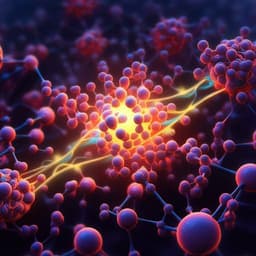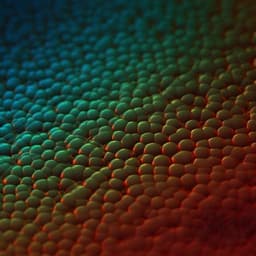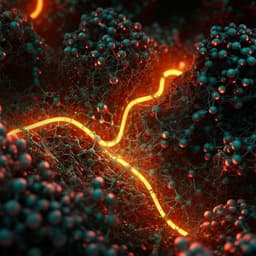
Engineering and Technology
Boosting the interfacial superionic conduction of halide solid electrolytes for all-solid-state batteries
H. Kwak, J. Kim, et al.
Discover the groundbreaking research by Hiram Kwak, Jae-Seung Kim, and their team on halide nanocomposite solid electrolytes, paving the way for next-generation all-solid-state batteries. Their innovative synthesis method enhances ionic conductivities and compatibility for improved battery performance, showing remarkable stability with sulfide solid electrolytes.
~3 min • Beginner • English
Related Publications
Explore these studies to deepen your understanding of the subject.







